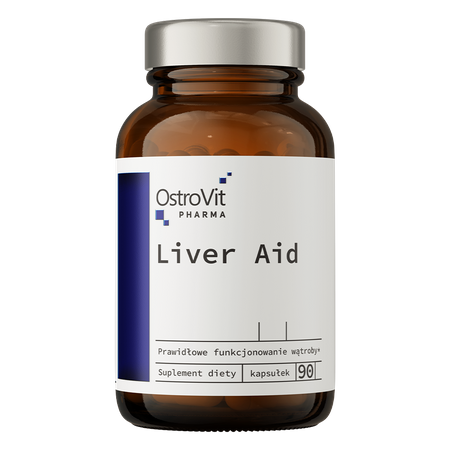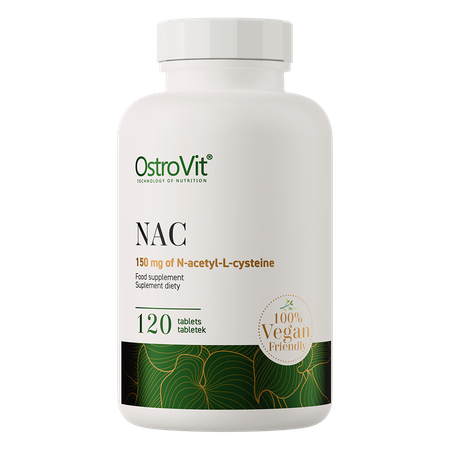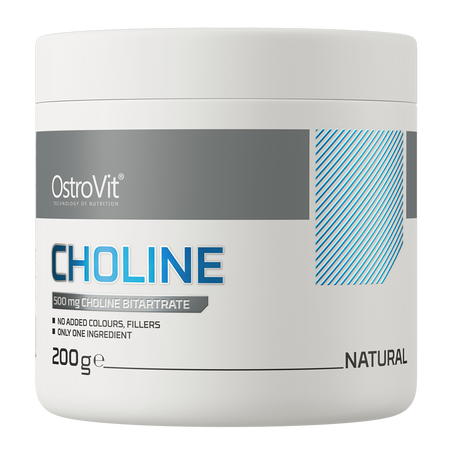Liver
A healthy liver performs a number of important functions in the body .It is, among other things, this organ that keeps a person alive. And although the liver can regenerate itself, it is not indestructible, so it is extremely important to take care of it properly every day.
Liver - what exactly is it?
The liver is a multifunctional gland that is a peritoneal part of the digestive system. The organ is located in the upper part of the abdominal cavity, on the right side, just below the rib. It is bordered from the top by the diaphragm and from the back by the stomach and intestines.
The liver is divided into two lobes and is the largest human organ. Its weight is about 1500 g and depends on the blood in it. It is estimated that about 10-15% of the total blood volume flows through the liver.
It is made up of about 80% of hepatocytes - specialized cells, also called liver cells, which are the basic structural unit of the liver parenchyma. The hepatocytes function for about a year and then are replaced by new liver cells.
The liver, as the only organ in the human body, can regenerate itself. However, excessive exposure to strong toxins and harmful substances can make the organ no longer able to work as before and never fully recover.
What functions does the liver perform in the body?
The liver is a key organ of the human body. It is in it that countless biochemical processes take place. The organ performs many important functions, including:
- It is associated with detoxification of the body, because it has a filtration function - the liver removes toxins from the body, i.e. neutralizes dangerous substances incl. alcohol, medicines or other stimulants,
- is an energy store - the organ has the ability to convert carbohydrates into glucose and fats and store components in the form of spare sugar, i.e. glycogen,
- produces and produces bile, which participates in the digestion and absorption of fats and the assimilation of many important vitamins,
- affects the proper metabolism of bilirubin, i.e. a product of heme breakdown, the increased level of which can lead to jaundice,
- is a place of protein synthesis and degradation,
- participates in immune reactions,
- participates in thermoregulation of the body.
Causes of liver diseases
The liver can be ailing for many reasons, but most often problems with the proper functioning of the organ are associated with irresponsible human behavior.
The liver is responsible for alcohol metabolism and alcoholic liver diseases are among the most common diseases of the organ. Alcohol consumption in large quantities poses a threat to the proper functioning of the liver and, in the worst case, can lead to cirrhosis of the organ.
Various types of medications can also interfere with the work of the liver, including anti-inflammatory or sedative. Excessive medication intake can lead to acute liver failure or toxic drug-induced inflammation.
Hepatitis is also a common condition. Up to 95% of cases of infection with the virus occurs through the oral route, and more precisely through the consumption of contaminated water or food. That is why proper hygiene is so important, incl. washing fruits and vegetables before eating them.
A sedentary lifestyle and an unhealthy diet, rich in saturated fatty acids and simple sugars, contributes to metabolic disorders, which can also lead to fatty liver. Fatty liver disease affects an increasing proportion of the population. Current data suggest that as many as 15% of people suffer from this condition.
Symptoms of a diseased liver
It is often difficult to notice any symptoms of a sick liver, because it is an organ not innervated sensorially, which means that the liver does not give pain symptoms.
However, a patient with a sick liver may experience pain under the right rib, which may be caused by an enlarged organ or irritation of the serous membrane. In addition, among people suffering from liver disease, complaints and symptoms such as:
- apathy,
- sleepiness,
- feeling tired quickly,
- flatulence and indigestion,
- vomiting,
- painful muscle spasms,
- weight loss,
- loss of appetite,
- change in the color of the urine,
- itching of the skin and its yellowness.
How to care for your liver?
The liver, although it can regenerate itself, is not indestructible. However, it is an irreplaceable organ, so it is worth taking care of its health and proper functioning.
A proper diet, low in saturated fatty acids, simple sugars and highly processed food, is extremely important.
It is worth choosing easily digestible and lean products, as well as reaching for vegetables and fruits. You should take food in small quantities, at regular intervals. Due to the hepatotoxic effect, it is worth eliminating alcohol from the diet.
In liver prophylaxis, it is also important:
- correct body weight,
- adequate length and quality of sleep,
- active lifestyle,
- avoiding excessive medication,
- inclusion in the daily menu of appropriate herbs (such as milk thistle, artichoke or dandelion) and supplements that can additionally support the work of a healthy liver.
Effect of dietary supplements on the liver
Dietary supplements can support the work of the liver and positively affect its regeneration. Most often, ingredients such as choline or phospholipids are used in preparations, but also L-ornithine L-asparginate or milk thistle are important components of liver supplements.
Choline in the liver is metabolized to phosphatidylcholine. It is a metabolite that, i.a., may reduce the risk of fatty liver and its fibrosis or may affect the regulation of fat metabolism.
Phospholipids, in turn, facilitate the digestion of fats and the absorption of vitamins, they can also act as an auxiliary to inhibit fibrosis processes in the liver.
L-ornithine L-asparginate has a hepatoprotective effect and may affect the protection and regeneration of liver cells, while milk thistle supports the proper functioning of the liver and the course of detoxification processes, and what's more, it can reduce the level of LDL lipoproteins.
Remember to carefully read the leaflet attached to the preparation before starting supplementation and take portions of the product in accordance with the guidelines. Do not consume higher doses of the supplement than recommended, as this may contribute to the occurrence of unwanted side effects.




